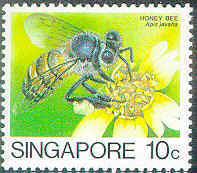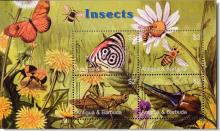Maisanbau sorgt für Bienensterben in der Steiermark
Es ist jedes Jahr das gleiche Trauerspiel: Nach dem Ausbringen von insektizidgebeiztem Mais- und Kürbissaatgut melden die umliegenden steirischen Imker Bienensterben. So auch heuer wieder. Einmal mehr sind vor allem die östlichen Bezirke betroffen, Schadensmeldungen kommen aber auch aus Ober- und Niederösterreich.




